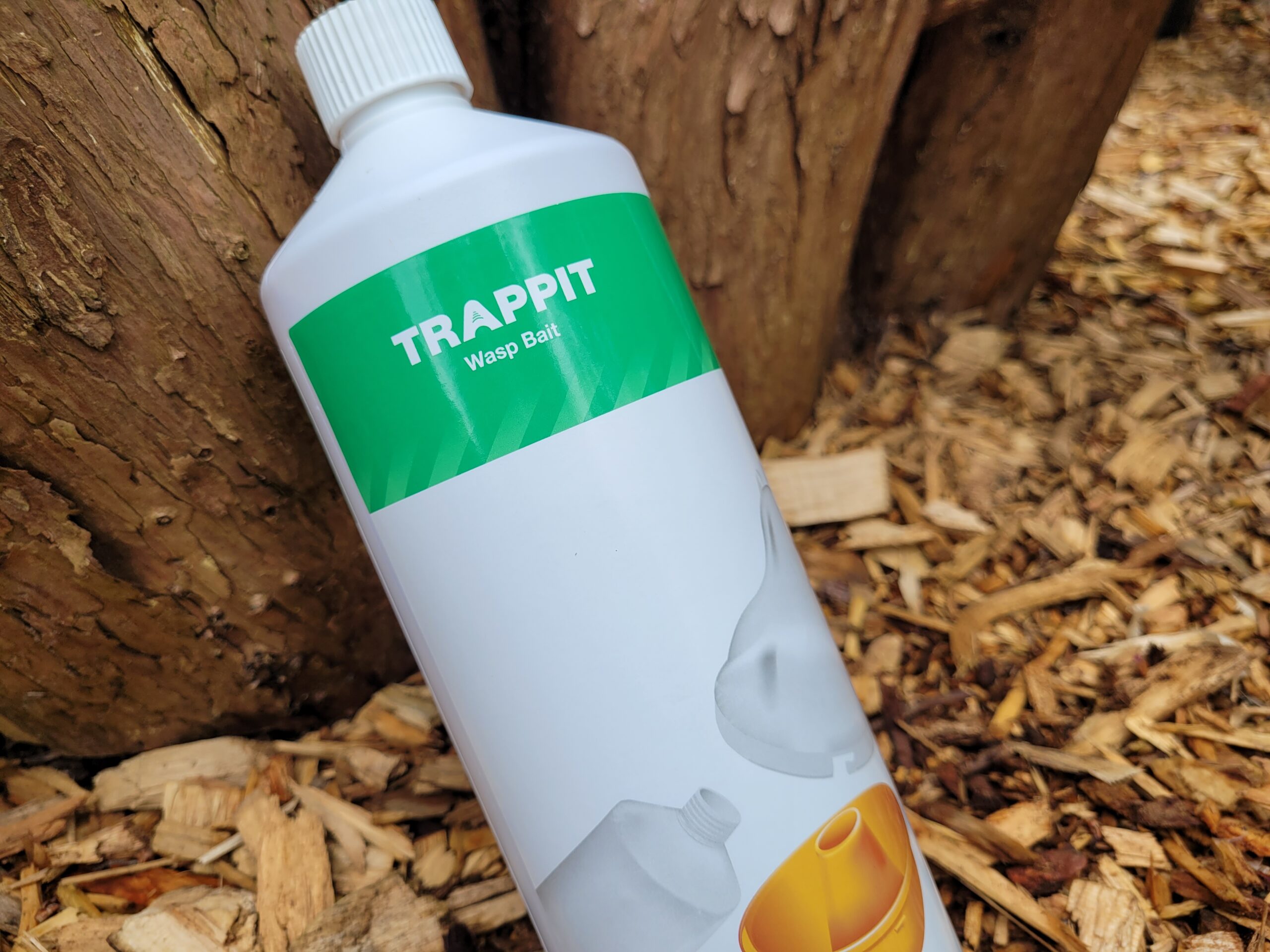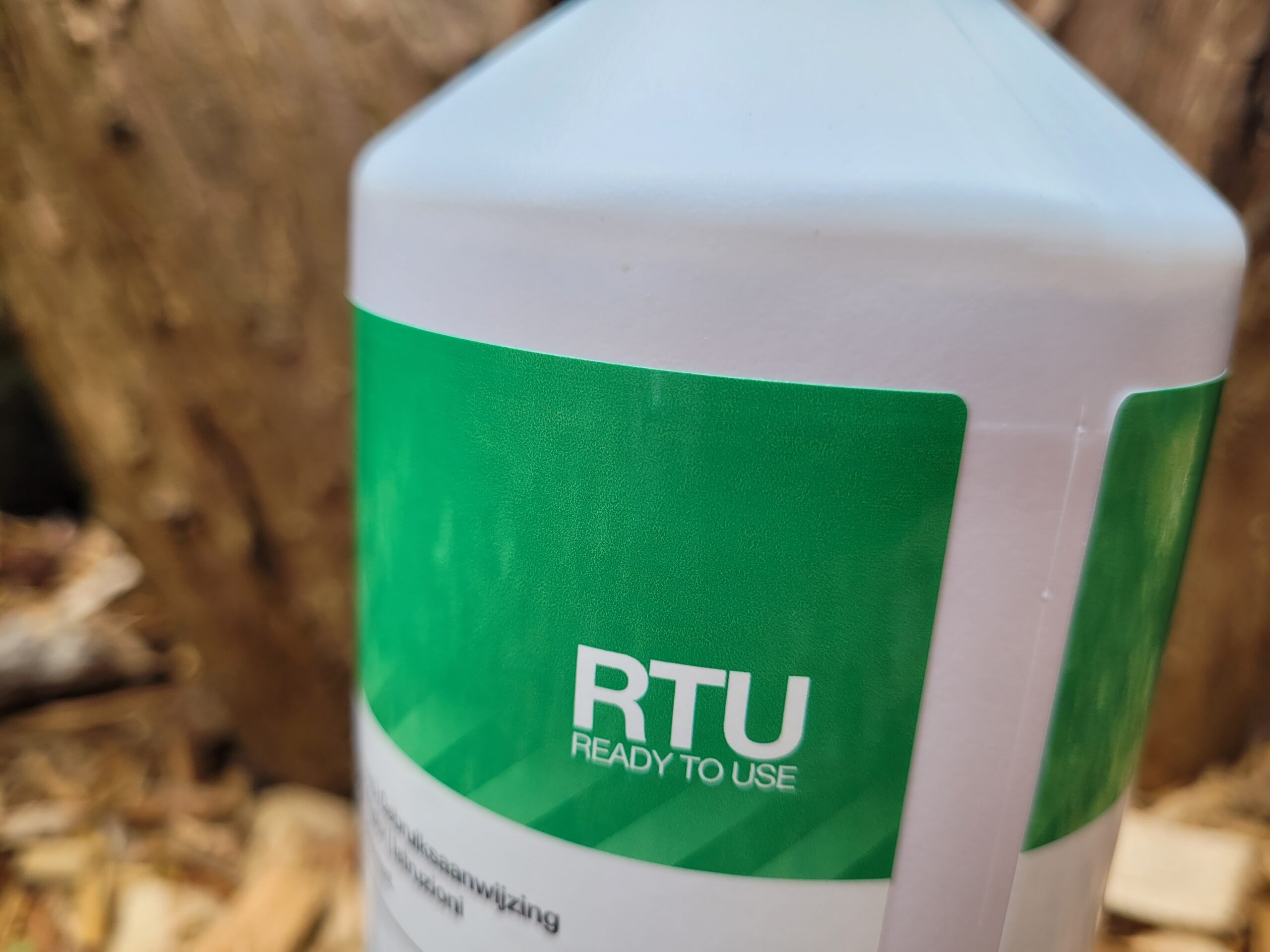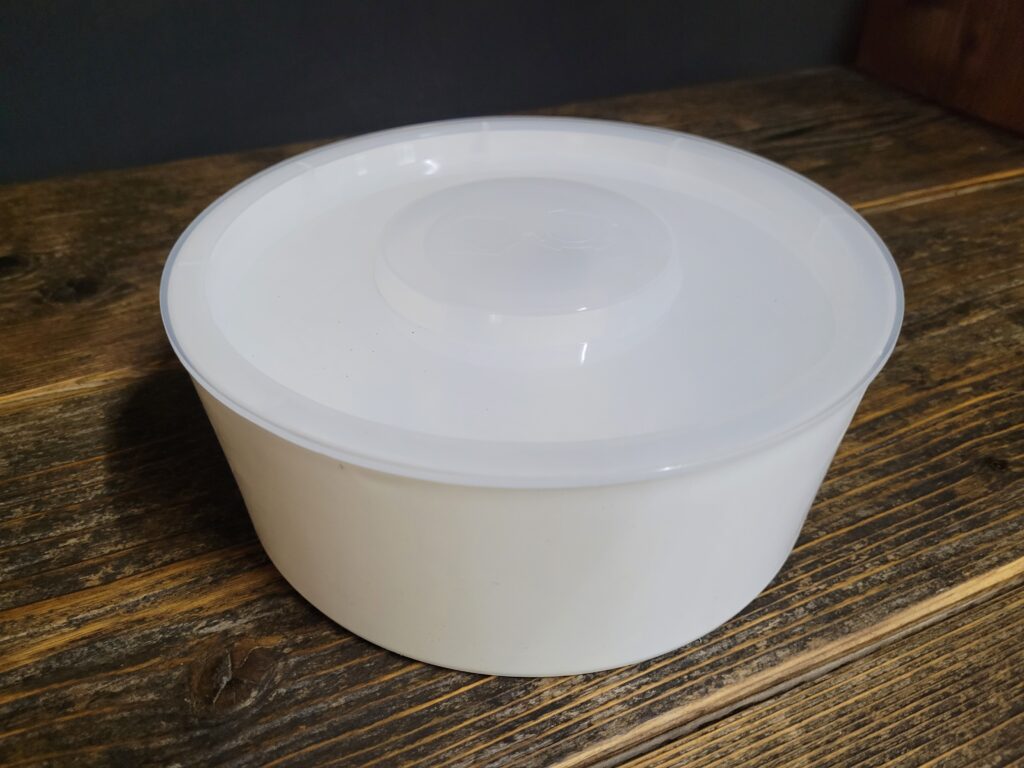Description
The following is taken from the NBU website Spring 2024:
The Asian hornet
The Asian hornet, a.k.a. the yellow-legged hornet (Vespa velutina nigrithorax), is an invasive, non-native hornet that predates on invertebrates. The species was accidentally introduced into France, from Asia, in 2004 and has now spread into Spain, Majorca, Portugal, Italy, Belgium,
Germany and Switzerland. The hornet was found for the first time in the UK in September 2016, with a single nest discovered. A small number of nests were discovered and destroyed in each of the subsequent years, however, in 2023, 72 nests were found. There is a high risk of this species
becoming established in the UK, and it will take intensive effort to limit the speed of spread. To this end, widespread monitoring is crucial and we strongly encourage beekeepers and members of the public to monitor for the presence of foraging Asian hornets in their area and report suspected sightings.
Asian Hornet Monitoring:
Monitoring the environment for foraging hornets allows us to identify if an Asian hornet nest may be present in an area. Frequent and widespread
monitoring is needed throughout the UK to manage Asian hornet incursions. Members of the public can significantly contribute by monitoring for foraging hornets, and reporting Asian hornet sightings. The monitoring of Asian hornet activity should be carried out whilst minimising the impact on native invertebrates, and for reporting suspected Asian hornets.
Hornet foraging activity can be monitored through the use of traps or monitoring stations. Traps are composed of an enclosure with a bait for attracting Asian hornets. As the bait will also attract other invertebrates, traps should only be used if they have the means to allow non-target
invertebrates to escape, and to prevent entry of the larger, native European hornet, Vespa crabro. As some beneficial insect populations in the UK are in decline1, we strongly urge that only traps that do not harm non-target invertebrates are used.
Which bait should I use?
Sweet baits are highly attractive to foraging Asian hornet queens in early spring. This is because queens emerging from hibernation need high-energy, sweet foods. There are many variations of home made sugar baits, these include mixes of sugar and various types of dark beer, alcohol or fruit juice. During the summer, at the height of the beekeeping season, worker hornets forage for protein sources to feed the larvae. To make a protein bait, raw meat or fish with water can be used. The NBU have used protein baits consisting of mashed fish or prawns, diluted to 25% in water. If you choose to use a protein bait, it will need changing after 3 days due to decay and an unpleasant aroma. Asian hornets have been discovered feeding on windfall and ripe fruit; this can also be used as bait later in the season.
NBU Inspectors use a commercially available wasp bait called Trappit (suterra) for track and trace. It is a sweet bait that contains a bee deterrent, and can be used throughout the year, as hornets always need to feed on sugars for energy. Other wasp baits are available.












